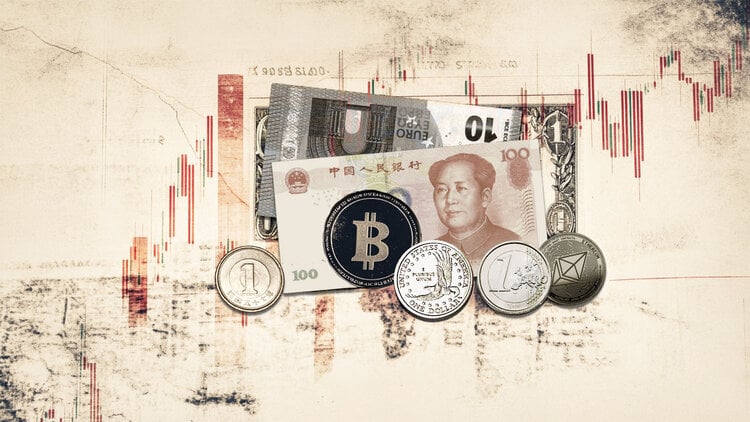- EUR/JPY attracts some buyers on Thursday amid a slight decline in the JPY.
- Diverging monetary policy expectations between the BoJ and the ECB limit any further hike.
- The cautious market mood also warrants some caution for aggressive bulls.
The EUR/JPY pair is bouncing back slightly more than 50 pips from the 158.70 region, or a four-week low touched during the Asian session on Thursday, albeit lacking any strong continuation of buying. Spot prices are currently trading around the 159.20-159.25 area, and for now, they seem to have halted this week’s retracement slide from the vicinity of the 163.00 round figure.
The emergence of some selling around the Japanese Yen (JPY) turns out to be a key factor providing some support to the EUR/JPY pair, although the fundamental backdrop warrants some caution before positioning for any further bullish move. That said, diverging monetary policy expectations between the Bank of Japan (BoJ) and the European Central Bank (ECB) should help limit JPY losses and keep a lid on the currency pair.
Markets have been pricing in the possibility of another BoJ rate hike later this year and bets were reinforced by data showing that real wages in Japan rose for a second straight month in July. In addition, BoJ Board member Hajime Takata said that we should tighten monetary conditions one step further if we can confirm that companies will continue to increase capital spending, wages and prices.
In contrast, the ECB is almost certain to cut interest rates again in September in the wake of declining inflation in the Eurozone. In addition to this, the cautious market mood could support the safe-haven JPY and help limit EUR/JPY upside. Therefore, it will be prudent to wait for a strong continuation of buying before confirming a short-term bottom and positioning for any significant upside.
Bank of Japan FAQs
The Bank of Japan (BoJ) is the Japanese central bank, which sets the country’s monetary policy. Its mandate is to issue banknotes and carry out monetary and foreign exchange control to ensure price stability, which means an inflation target of around 2%.
The Bank of Japan has been pursuing ultra-loose monetary policy since 2013 in order to stimulate the economy and fuel inflation amid a low-inflation environment. The bank’s policy is based on Quantitative and Qualitative Easing (QQE), or printing money to buy assets such as government or corporate bonds to provide liquidity. In 2016, the bank doubled down on its strategy and further relaxed policy by first introducing negative interest rates and then directly controlling the yield on its 10-year government bonds.
The Bank of Japan’s massive stimulus has caused the Yen to depreciate against its major currency peers. This process has been exacerbated more recently by a growing policy divergence between the Bank of Japan and other major central banks, which have opted to sharply raise interest rates to combat decades-high inflation. The Bank of Japan’s policy of keeping rates low has led to a widening spread with other currencies, dragging down the value of the Yen.
The weak yen and the surge in global energy prices have caused Japanese inflation to rise, exceeding the Bank of Japan’s 2% target. However, the Bank of Japan believes that a sustainable and stable achievement of the 2% target is not yet in sight, so a sharp change in current monetary policy seems unlikely.
Source: Fx Street
I am Joshua Winder, a senior-level journalist and editor at World Stock Market. I specialize in covering news related to the stock market and economic trends. With more than 8 years of experience in this field, I have become an expert in financial reporting.







